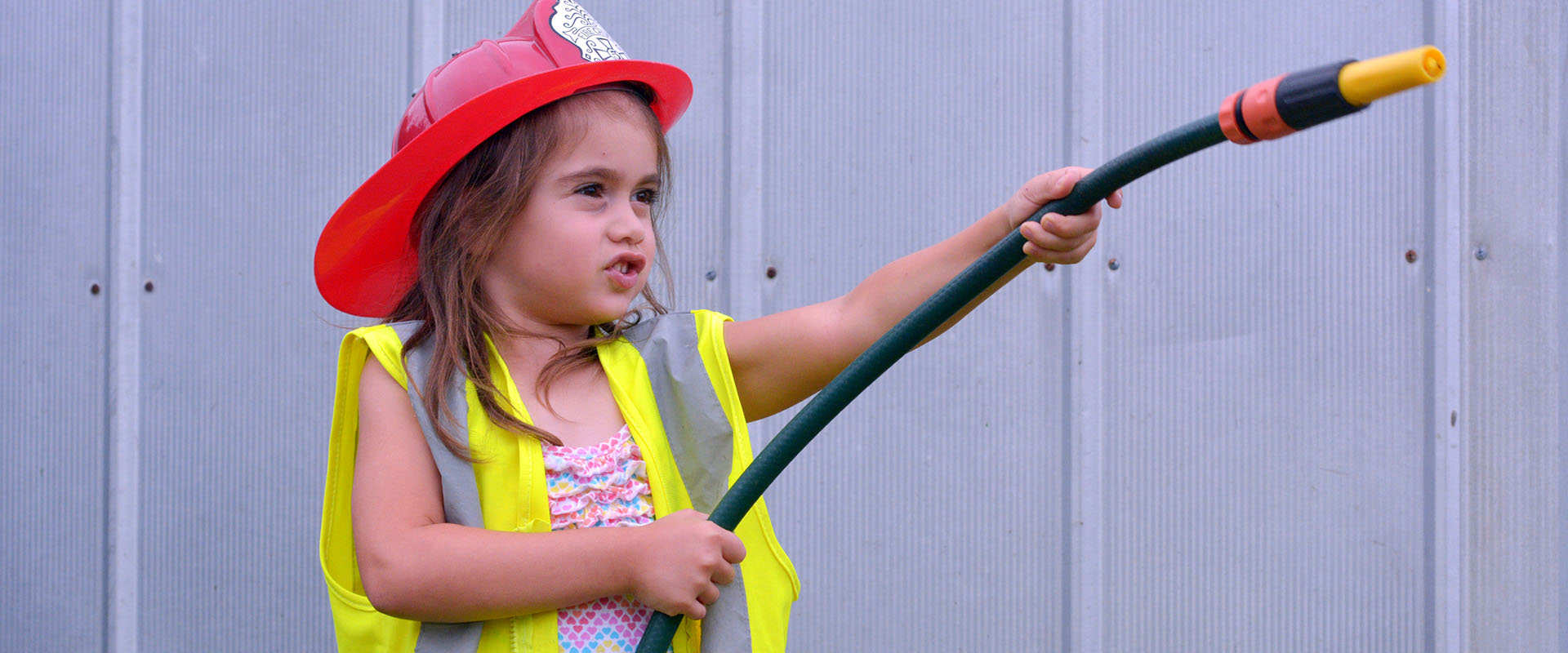Breaking the Bias in Early Years
The theme of this year's International Women's Day was 'Break the Bias'. As part of the campaign, we were encouraged to think of a world that's free of bias, stereotypes, and discrimination. But what does this mean for parents and carers? And how can we achieve a world free of bias for our children? Sally Dear, founder of Ducky Zebra, shares her thoughts on how we can break the bias for children.
International Women's Day (IWD) saw phrases such as 'break the bias' or 'challenge gender stereotypes'. But what do they mean? Put very simply, a gender stereotype is when we apply an oversimplified generalisation about the roles and characteristics of a girl (or woman) and a boy (or man). And this year's IWD campaign was designed to encourage us to break away from these preconceptions.
Examples of gender stereotypes include:
- Girls like pink; boys like blue
- Girls are kind and pretty; boys are boisterous and brave
- Girls enjoy colouring and reading; boys prefer maths and science
These stereotypes can be found in the clothes we buy, the books we read, the toys we play with, the TV we watch - even the language we use. Often, they're so subtle we might not even notice them. Have you ever looked at the characters on kids' clothing for instance?
- Clothes intended for girls often include animals of prey, such as bunnies and deer, while clothes for boys often have predators, such as dinosaurs and lions.
- If you study the eyes of those animals, they're often closed with long, pretty eyelashes for girls, and open, active and alert for boys.
- And the mouths are typically closed and smiling on girls' clothes, and open and teeth-baring for boys.
These (often) subtle differences all add up, helping to reinforce gender stereotypes.
Does it really matter?
There are several problems with stereotypes. What if a child doesn't neatly fall into their preconceived 'box'? A boy who likes pink for instance, in our world of 'pink for girls' and 'blue for boys', could be teased by other children for his colour preference.
Even if our children do neatly fall into their 'box', this can also be problematic if they learn these stereotypes are expected, believing them to be factual.
During the ages of 2 and 5 children are busy making sense of the world around them, and by the time they're six, most children have worked out their role and place within the world. This goes on to influence their decisions later in life.
How can we break the bias for our children?
Breaking the bias in early years can help address these problems. What can we do as parents to encourage this?
Here are five suggestions for how we can break the bias for our little ones:
1. Be conscious of these biases: It might sound obvious, but by being aware of these stereotypes and biases in the first place, is a great first step.
2. Point out stereotypes and discuss them with our children: For young children the stereotypes they observe are akin to 'facts'. By pointing these stereotypes out, and discussing them with our children, we can help them to question the biases around them. Better still, share examples of how these stereotypes are being broken: "Daddy's favourite top is pink" and "Aunt Sue is a fantastic footballer".
3. Be conscious when we buy: Books, toys and clothes can all influence a child's view of the world around them. There are some great sites and directories, which share brands that are either free from stereotypes and/or actively challenge stereotypes including:
4. Rethink our language: Often (and unknowingly) the language we use perpetuates stereotypes. Here are five examples for how we can tweak our language to be more inclusive:
- Rather than fireman, use firefighter
- Rather than postman, use postal worker
- Rather than air stewardess, use flight attendant
- Rather than "girls are just as good as boys at ..." use "girls and boys are equally good at ..."
- Avoid derogatory phrases such as "you run like a girl"
5. Be informed: There are many fantastic websites and resources with more information about why and how we can break the bias in early years including:
- Lifting Limits
- Let Toys Be Toys
- Not only pink and blue
- Fawcett Society
- There are also some great Ted Talks. This is one of my favourites, by Chimamanda Ngozi Adichie, which is short, funny, and full of great advice.
About the author, Sally Dear
Sally is a mum of two and founder of Ducky Zebra. She left her career in marketing after growing frustrated with the outdated gender stereotypes found in high street kids' clothing. Ducky Zebra's mission is to inspire kindness and confidence in children through colourful, sustainable clothing. Their unisex designs are free from stereotypes, and their clothing is fun and colourful. For every garment bought, they donate £1 to charity.




